Embracing the Agile Mindset
In today’s rapidly evolving business landscape, the Agile mindset has emerged as a game-changer in project management. Beyond just a methodology, it represents a fundamental shift in how teams approach uncertainty, change, and collaboration. In this blog, we’ll look into the core principles of the Agile mindset, its impact on project outcomes, and strategies for overcoming common challenges.
At the heart of the Agile mindset lies a proactive approach to change uncertainty in project management. Unlike traditional appraches that rely on detailed upfront planning and adherence to fixed plans, Agile embraces the reality that requirements and circumstances may evolve over time. This emphasis on adaptability allows Agile teams to respond quickly to changing market conditions, customer needs, and technological advancements.
Collaboration is central to the Agile mindset. Rather than working in silos, Agile teams foster a culture of strong communication and teamwork among all stakeholders involved in a project. This collaborative approach encourages continuous feedback and iterations, ensuring that the project meets the evolving needs of customers or end-users. By actively involving stakeholders throughout the development process, Agile teams can reduce misunderstandings, improve alignment, and ultimately deliver higher-quality outcomes.
Another hallmark of the Agile mindset is its responsiveness to change. While traditional project management approaches may view change as a disruption to be avoided, Agile practitioners see it as an opportunity for improvement. Agile teams welcome change throughout the project lifecycle and adjust plans and strategies accordingly to deliver maximum value. This flexibility allows organizations to stay ahead of the curve and quickly capitalize on emerging opportunities or address unforeseen challenges.
Fostering a culture of continuous improvement is essential for organizations looking to thrive in today’s dynamic environment. An Agile mindset not only encourages but ingrains this culture within an organization. By promoting a relentless pursuit of excellence, organizations can adapt more effectively to changing market conditions and customer needs, driving sustainable growth and success.
In addition to the benefits highlighted above, embracing an Agile mindset offers several other advantages for project management success. Agile methodologies not only improve project outcomes but also offer additional benefits such as increased employee engagement, faster time-to-market, and improved risk management. By empowering teams to take ownership of their work and encouraging collaboration, Agile fosters a sense of ownership and accountability among team members, leading to higher levels of engagement and productivity.
While adopting an Agile mindset can lead to significant improvements in project management, organizations may encounter specific challenges along the way. These challenges could include resistance from senior leadership, cultural barriers within the organization, or difficulties in scaling Agile practices across large teams. However, by implementing practical strategies such as effective change management, stakeholder engagement, and Agile frameworks, organizations can overcome these obstacles and drive successful Agile adoption.
To cultivate an Agile mindset within their own teams or organizations, readers can take practical steps such as facilitating effective collaboration, promoting continuous learning, and implementing Agile practices in project planning and execution. By embracing Agile principles and adopting a mindset of adaptability, collaboration, and continuous improvement, organizations can navigate uncertainty with confidence and achieve greater project outcomes.
Embracing an Agile mindset has the potential to revolutionize project management and drive organizational success. As you reflect on the insights shared in this blog, consider how you can cultivate an Agile mindset within your own teams or organizations to drive continuous improvement and achieve better project outcomes.
